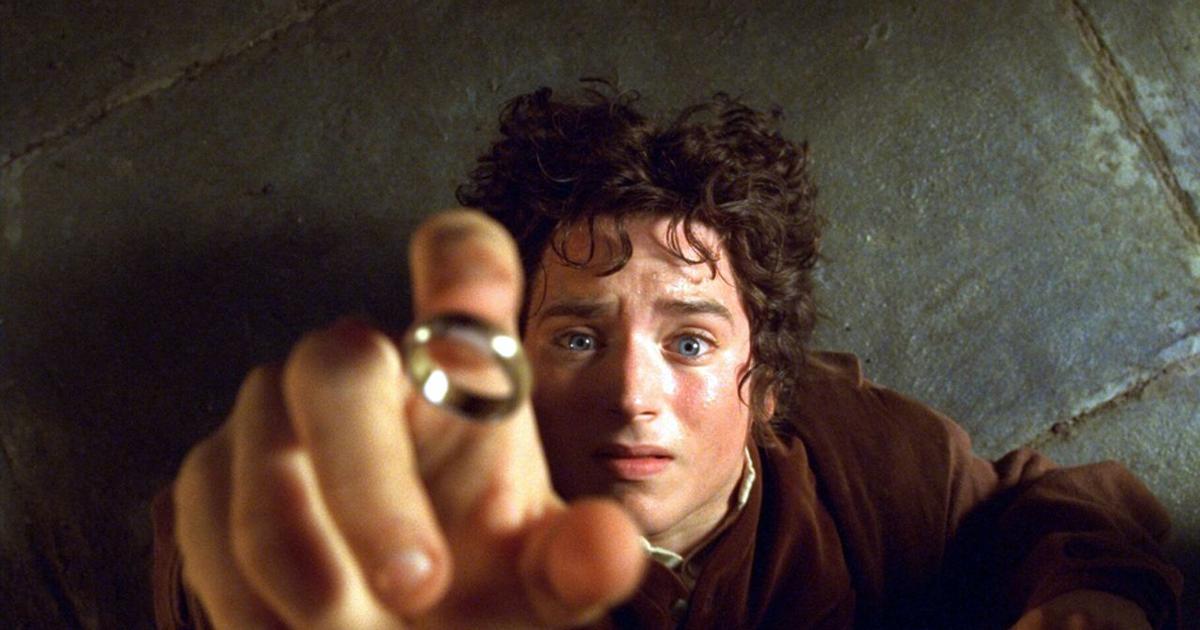The creation of fictional languages is an ancient phenomenon.
Already in the Middle Ages, the monks hoped to find the "original language" in use before the Tower of Babel.
In the same way in the 15th century, in certain theaters one spoke the "grammelot", language invented starting from onomatopoeia to make the speech incomprehensible to the spectator and to thus prove to him that gestures and mimicry constitute a means of communication.
However, creating a language from scratch is not easy.
Between coherent grammar and a sufficiently complete lexicon, the task is daunting.
How did the writers of
Game of Thrones
,
Lord of the Rings
or
Dune
achieve this?
To discover
Find all the results of the legislative elections
A language is always the emanation of a people
First of all, any language is spoken by a people, it is therefore part of a history and a context.
The directors of
Game of Thrones
did not choose their languages randomly: they adapted them to the imaginary peoples who evolve in the novel and the series by drawing inspiration from the real chronology of the history of the languages.
Thus the “dothraki”, language of the nomadic riders, is inspired by Mongolian, a language spoken by a real nomadic people, itself formed from Russian and Arabic.
Similarly, the "High Valyrian", language of the fallen empire, is modeled on ancient Latin and the language of the "Andals" spoken by all the inhabitants of the kingdom follows the pattern of dissemination of English.
Damien Bador, encyclopaedist specializing in Elvish languages and co-responsible for the Tolkiendil association, explains to Le Figaro that with Tolkien too “the language is inseparable from the mythological stories of the peoples”.
The author of The
Hobbit
was a professor of linguistics at Oxford and a specialist in the history of English.
He therefore drew on his knowledge to invent "his own chronology in
The Lord of the Rings
by linking ''Quenya'' (High Elvish) and ''Sindarin'' (Grey Elvish) to earlier fictional languages» .
Find an original grammar
The second step is to establish grammatical rules, which is not easy.
To break with traditional structures, you have to be inventive while maintaining overall consistency.
Fortunately the invention of linguistic structures is a profession.
Thus David J. Peterson is the conlanger (creator of languages) who was commissioned by the directors of
Game of Thrones
.
For “High-Valleyrian”, for example, he produced a system based around four grammatical genders: lunar, solar, aquatic and terrestrial.
Tolkien, who from childhood acquired the habit of making up linguistic systems, even wrote an extremely complex grammatical manual "supposed to suit the superior intelligence of the elves", reports Damien Bador.
Thus in “Quenya” a verb can take “up to 687 different forms (between tenses, moods, participles...) and the nouns are declined according to ten cases and two different plurals.
This is what makes conversation in Elvish very difficult.
Develop a complete lexicon
Finally, it is necessary to invent a sufficiently rich lexicon.
The authors then call on sources of inspiration that meet various needs.
For
Avatar
, for example, the "na'vi" language was created around "liquid" sounds (sweet to the ear) so that it is both pleasant to listen to, as far as possible from any human language. and easy to pronounce for the actors.
Similarly, when he invented the "parseltongue" for films from the
Harry Potter
saga , Cambridge linguistics professor Francis Nolan relied on phonetics.
To be spoken by both snakes and wizards, its language multiplies fricatives (sounds in “f” which recall the hissing of reptiles).
Some languages have very original sources.
This is the case, for example, of "chakobsa", the imaginary language of the Fremen people in
Frank Herbert's novel
Dune .
Indeed, this dialect is taken from the historical chakobsa, a secret language invented by a few aristocrats who wanted to constitute a coded language by permuting phonemes.
The author would have been inspired by it by adding sounds from Romani, Serbo-Croatian and Arabic.
The language of Tolkien's elves is heavily inspired by Celtic and Chinese sounds.
The most accomplished form of imaginary lexicon will undoubtedly remain the
Quenya Lexicon
, a veritable dictionary created by the author in 1915. However, despite the 15,000 words invented by Tolkien, Damien Bador teaches us that "certain words do not exist, such as “thank you” for example.
This does not prevent the creation of neologisms to fill in the gaps in ''Quenya'' by deriving certain words from Tolkien's lexicon.
Thanks to these inventions, for example, it was possible to translate the
New Testament
into Elvish.”
Proof that beyond the works, certain artistic languages continue to evolve and therefore form, to a certain extent, living languages.

